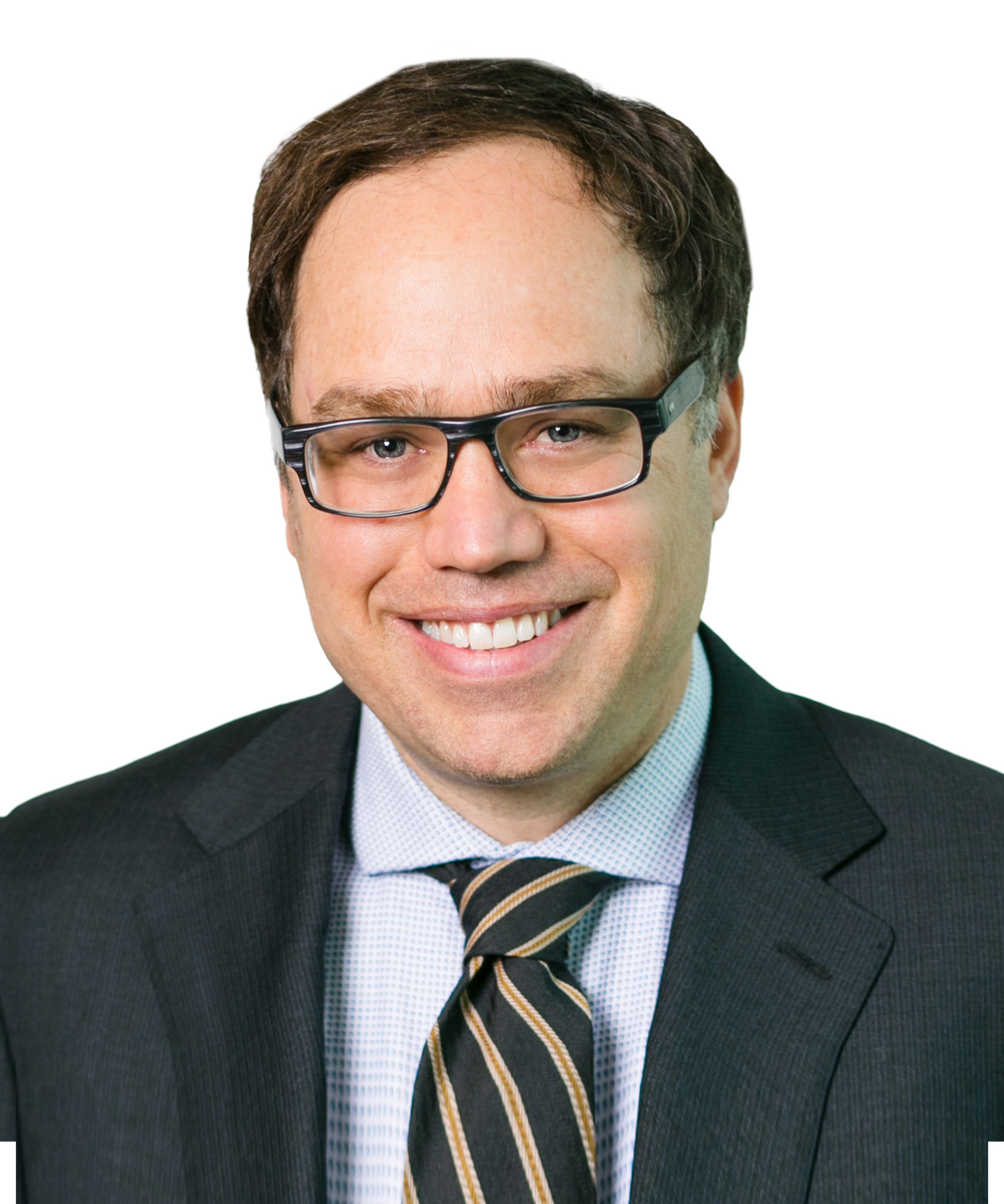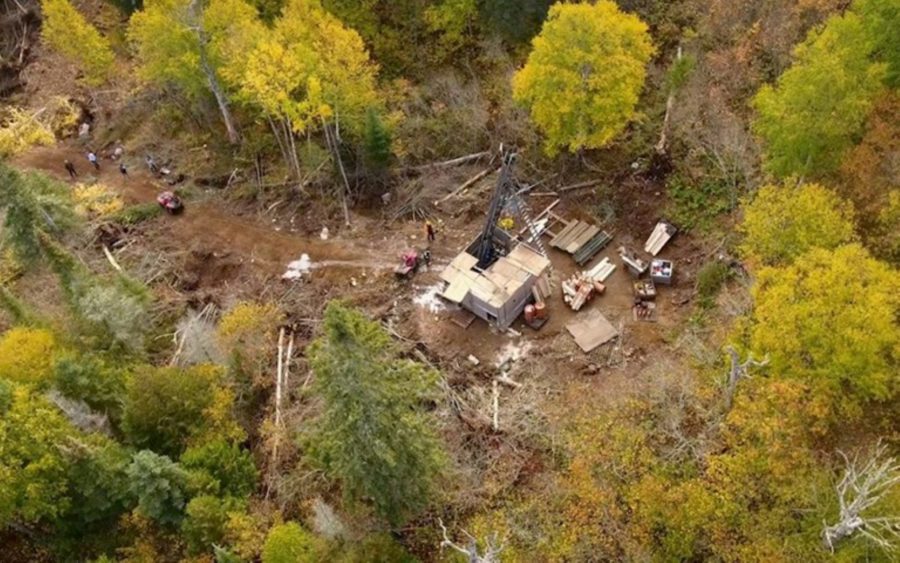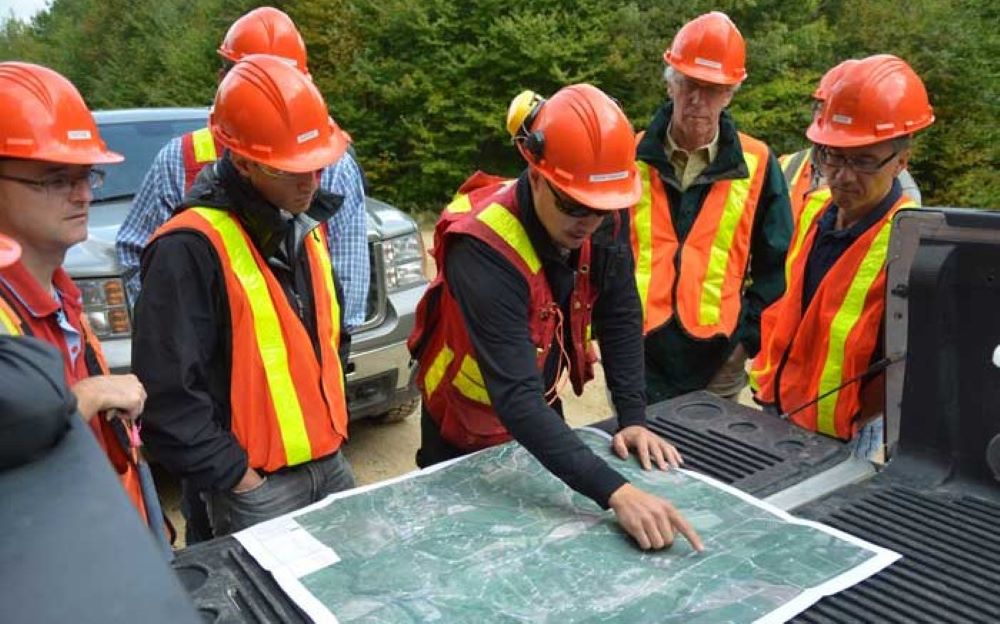Turning an environmental liability into a resource

We often hear that oilsands mining tailings ponds pose a significant risk to the environment and the health of local communities in the Athabasca region of Alberta. In 2023, the total tailings area was over 300 km2, including the world’s largest tailings “pond,” which is estimated to be just under 8-km long and 30 km2 in total area. As the world grapples with the need for additional resources while balancing sustainability, what if we could change what is viewed as an environmental liability into a significant resource for Alberta and Canada? While these ponds do contain toxic materials including naphthenic acid and naturally occurring radioactive material, and emit substances like methane and volatile organic compounds (VOCs), they also contain valuable hydrocarbons and critical minerals that are not recovered through the traditional oilsands mining process.
Value creation and risk mitigation solutions are shovel-ready
Some exciting work is being done in the Canadian cleantech space that can and will be part of the solution to reduce the risks surrounding oilsands tailings ponds while delivering positive value to industry and communities alike. For example, a CVW CleanTech’s ready-to-deploy solution developed in Alberta provides oilsands operators the option to move away from the use of tailings ponds for froth treatment tailings and reduce overall tailings deposition by 5% to10% per site. The new process is expected to produce “ready-to-reclaim” tailings which can be deposited into dedicated disposal areas (DDAs) away from tailings ponds. At the same time, the technology can recover approximately 13.2 million barrels of hydrocarbons and 1.4 million tonnes of critical minerals (titanium and zircon concentrates) currently lost to tailings ponds. The recovery of these critical minerals has the potential to create one of the greenest mineral industries globally and be a source of strength for Canada as we look to be a leader in the space and supply the world with this valuable resource. This patented technology has been developed over 18 years with more than $100 million in public and private investments, with the ability to have shovels in the ground within nine to 12 months.
Significant environmental co-benefits
The two main environmental concerns voiced around heavy industry tend to revolve around air emissions and water use, as these factors are critical to a healthy environment. The new technology can play a key role in improving both factors within the oilsands mining industry. This solution can capture most volatiles in froth treatment tailings, which eliminates up to 30,000 tonnes per year of VOCs currently evaporating into the atmosphere. By recovering hydrocarbons before their deposition into tailings ponds, the innovative technology eliminates over 90% of the methane emissions from oilsands tailings ponds, reducing site-wide emissions by up to 10%. At the same time, it has the potential to reduce water use by almost 17 billion litres per year, representing about 2.5% of current consumptive draw from the Athabasca River. By reducing the deposition of hydrocarbons in tailings ponds, we can also reduce naphthenic acid generation by over 1,200 t/y, representing a reduction of over 25% compared to current operations and significantly improving water quality in these ponds to reduce risks to the environment.
Acceleration in reclamation
CVW technology uses its patented processes to capture between 92% to 99% of the fines from fluid fine tailings. This improves water recovery and thickener performance, allowing the tailings to meet ready-to-reclaim status under the Alberta Energy Regulator’s Directive 85 for deposition into a DDA away from tailings ponds. These tailings are expected to achieve a shear strength allowing them to be “trafficable” — able to safely hold the weight of humans and equipment. By reducing total deposition in tailings ponds by 5% to 10% per site, this would avoid approximately 120 billion litres per year of froth treatment tailings being deposited into tailings ponds.
Urgency and innovation
Tailings ponds are a significant concern to local communities, including Indigenous Peoples, because of the potential to negatively impact their way of life. The urgent need to accelerate reclamation is evidenced by the government of Alberta’s recent formation of a committee to advance the reclamation of tailings ponds. Working together with the government and oilsands operators, CVW CleanTech can support the de-risking of one of Canada’s largest environmental liabilities, while creating additional value as well as diversification for communities alongside an industry that is critical to the economic health of both Alberta and Canada.
Akshay Dubey is the chief executive officer of CVW CleanTech Inc. Akshay is an experienced executive in the natural resources space, previously structuring investments at an institutional investor and leading a mining and metals platform.





Comments